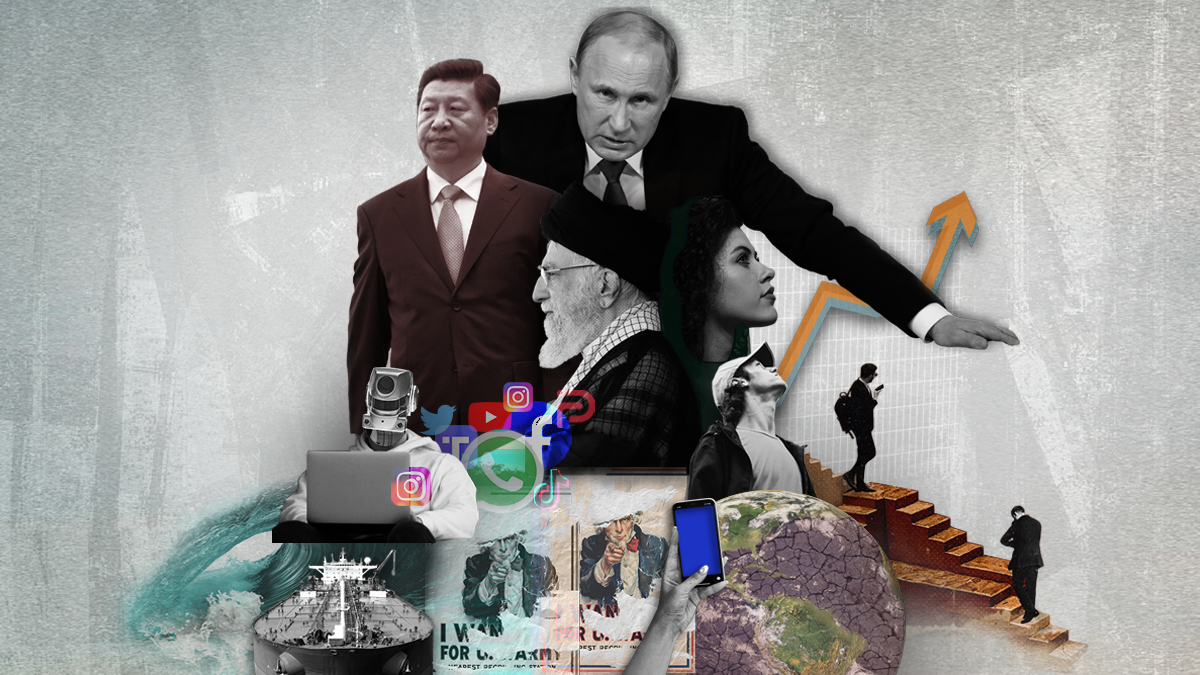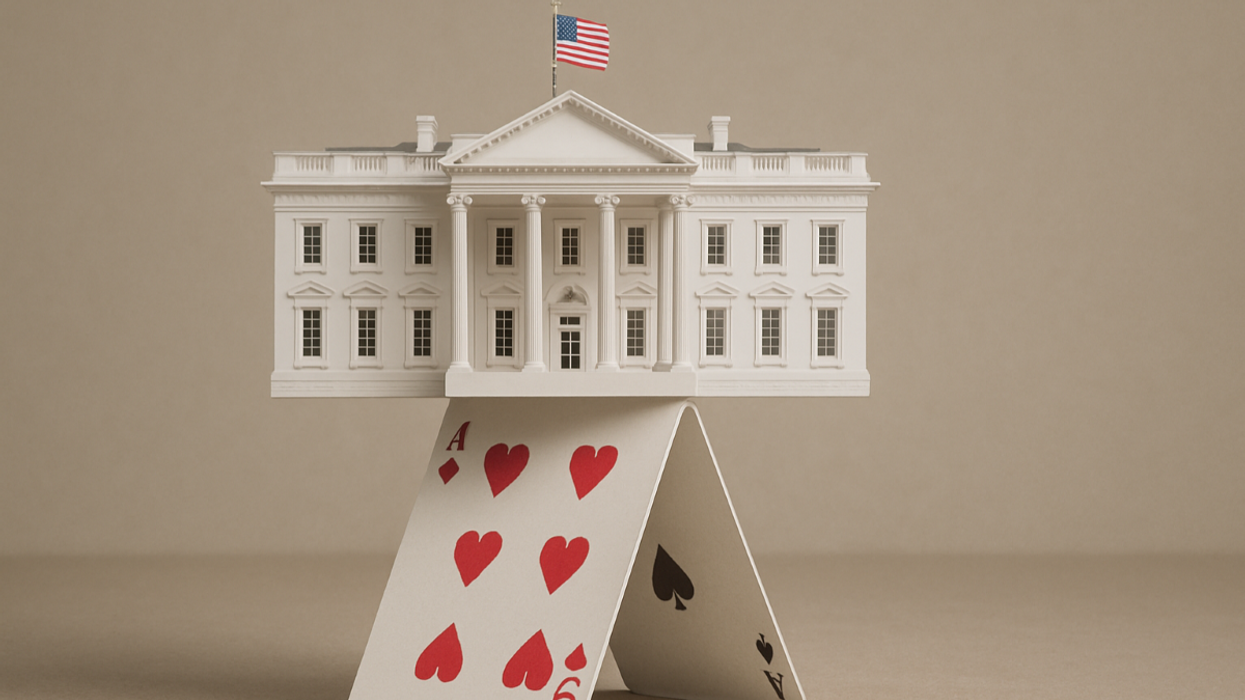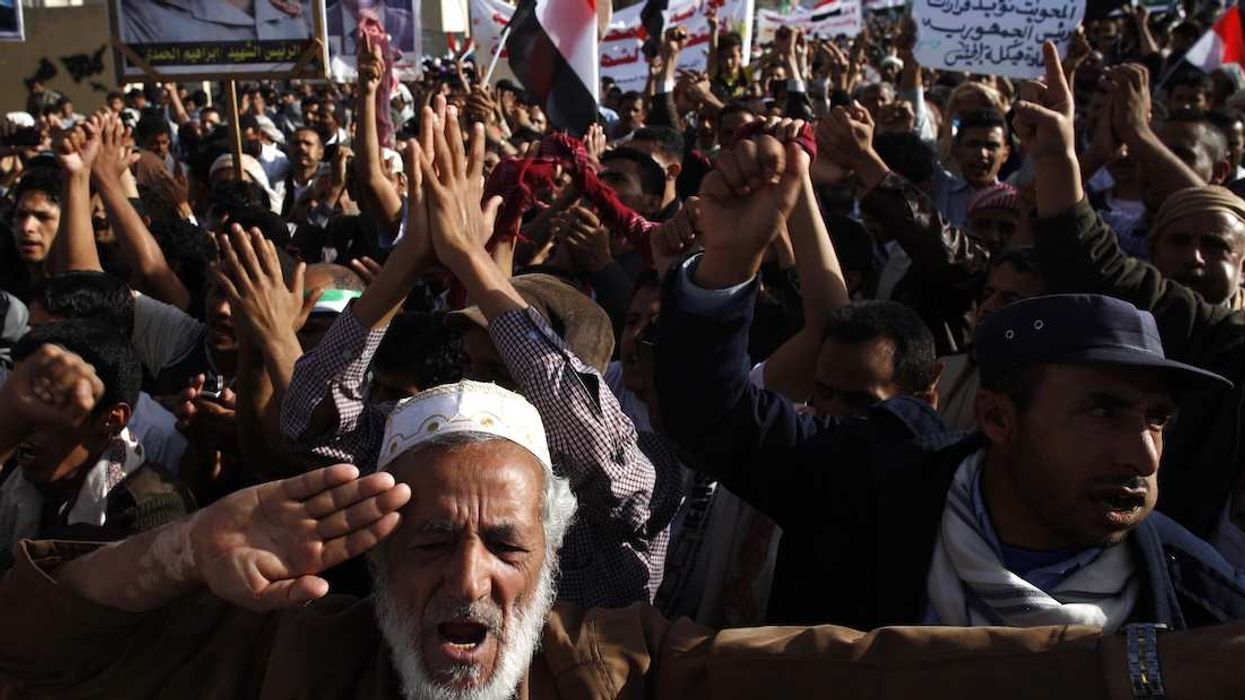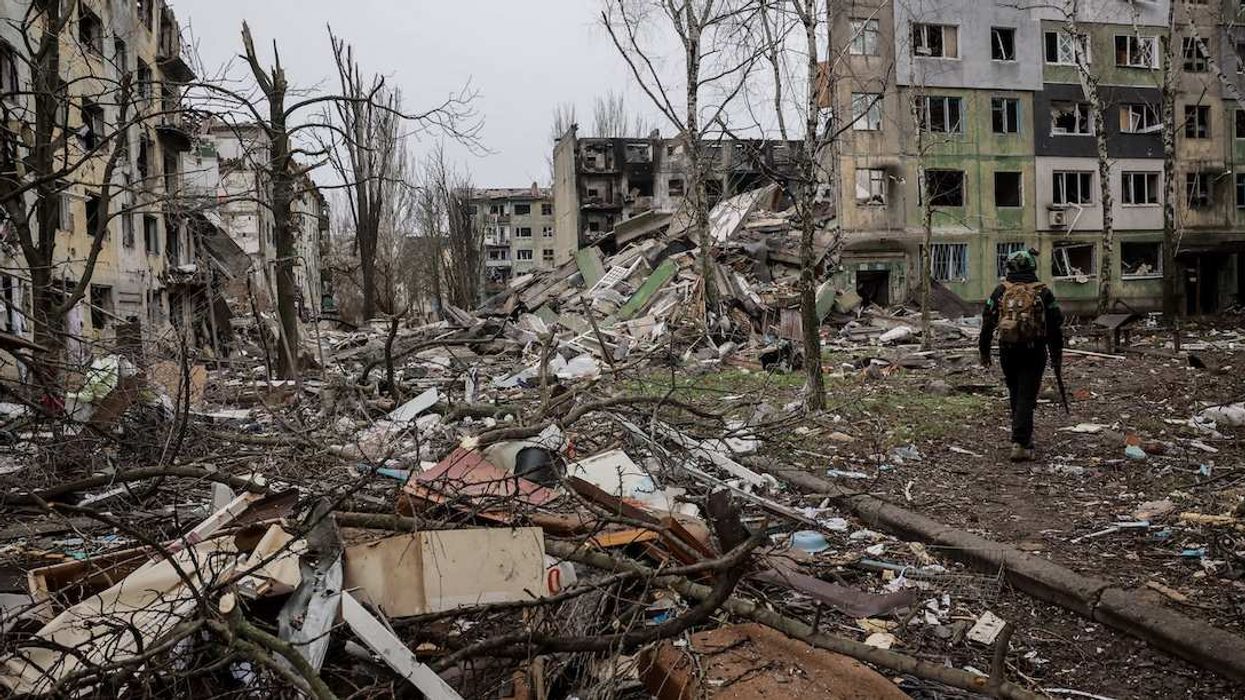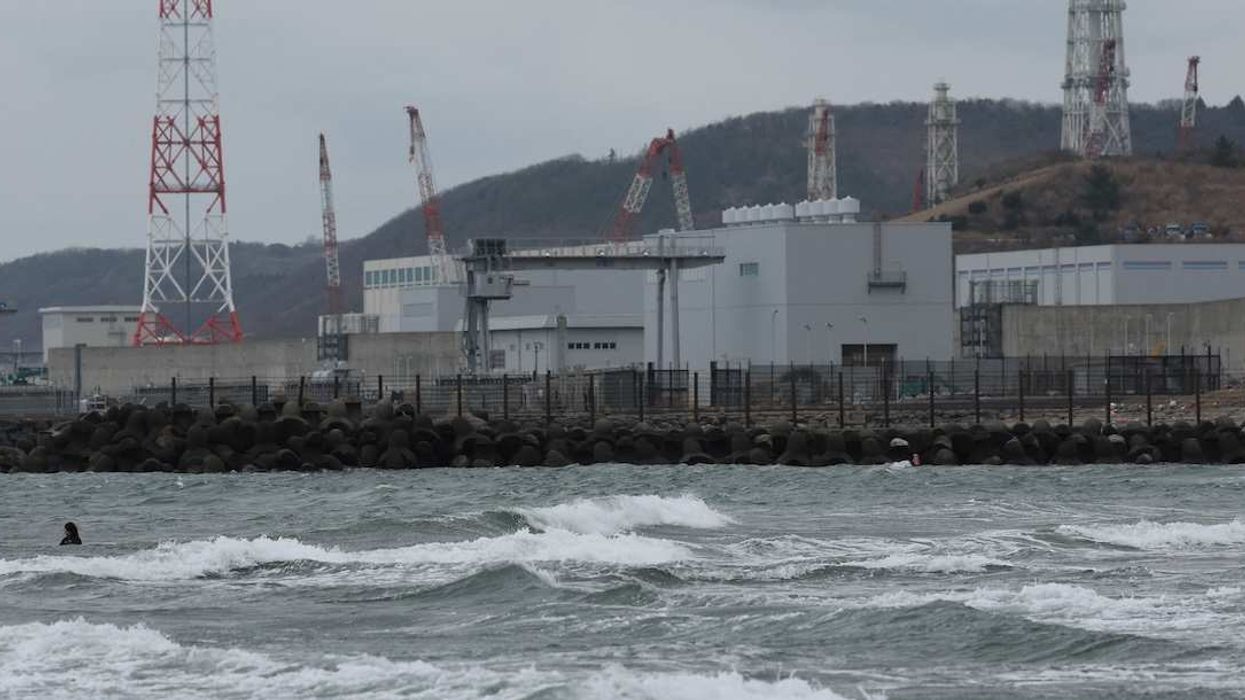Every year, Eurasia Group releases its Top 10 geopolitical risks for the year ahead. You’ll see the 2024 edition next Monday. But an honest analyst looks back at past forecasts to see (and acknowledge) what he got right and wrong, and I’m going to do that here and now.
Here’s the 2023 full report. To remind you, our Top 10 risks for 2023 were:
- Rogue Russia
- Maximum Xi
- Weapons of Mass Disruption
- Inflation shockwaves
- Iran in a corner
- Energy crunch
- Arrested global development
- Divided States of America
- TikTok boom
- Water stress
Let’s take these one at a time …
1. Rogue Russia
Our top risk last year was that the war between Russia and Ukraine would be no closer to resolution and that Russia would be on track to become the world’s most dangerous rogue state.
Check and check.
Another year of brutal fighting brought hundreds of thousands of casualties – and barely budged the war’s frontlines. Russia, still led by a president considered a war criminal in the West, now faces even more sanctions, and it has therefore drawn closer to Iran and North Korea to procure much-needed military supplies from both.
Russia has also picked up the pace of cyberattacks on Ukrainian targets and continues to target cities across the country with airstrikes. Putin has kept Russia’s asymmetrical attacks incremental to avoid escalation and exacerbating divisions in the West, but Russian disinformation attacks are picking up in support of Kremlin-friendly politicians and political parties inside NATO countries.
For 2024, Putin will have new options. More on that next week.
2. Maximum Xi
This call fared well too. We expected Xi Jinping’s consolidation of political power to create big economic and policy challenges through increasingly arbitrary and capricious central decision-making. We saw that most dramatically early in 2023 when a sudden U-turn from the world’s tightest zero-COVID policies produced a bad hangover for the Chinese economy.
Making matters worse, the expected economic bounce-back hasn’t materialized, and the unpredictability of government decision-making led to growing capital flight and a sharp turnaround in foreign direct investment, weakening the economy further.
In fairness, Xi Jinping responded to the economic weakness later in the year with a friendlier and more open foreign policy than we feared. Relations with the United States and Europe have been far better managed in recent months.
Do we expect that trend to last in 2024? We’ll tell you much more about that next week too.
3. Weapons of Mass Disruption
Here’s where I think we were furthest ahead of the curve. A year ago, very, very few political leaders were actively thinking about the disruptive power of artificial intelligence. Now, the hopes and fears are front and center in every region of the world – but especially for decision-makers in America, China, and Europe. The UN is on the case now too.
We learned this year that new AI tools represent a unique technological breakthrough with implications for every sector of the economy. They’re already driving a new phase of globalization. But they’re also creating serious risks because AI will enable disinformation on a massive scale, fuel public mistrust in governing institutions, and empower demagogues and autocrats in both politics and the private sector. More on that next week too.
4. Inflation shockwaves
Here our forecast mainly missed the mark. We expected that inflation at levels not seen in generations would lead to a restrictive policy stance by major central banks, reducing global demand and causing financial stress and social and political instability. We were thinking mainly of countries already under pressure, but we considered the United States vulnerable too.
The US did experience a banking crisis of confidence following the collapse of Silicon Valley Bank and First Republic in 2023, but stronger-than-expected growth and continued low unemployment helped contain the fallout.
The global impact was less than we expected. Yes, China underperformed, but Europe absorbed the shocks created by the transition away from imports of Russian energy, and overall US performance stuck close to the “Goldilocks” scenario of slow economic cooling while avoiding recession. The risk of a major financial crisis was avoided.
With hindsight, inflation deserved to be on the list, but not at #4.
5. Iran in a corner
This one cut both ways in 2023. On the one hand, as we expected, there was no breakthrough with the Biden administration to restore the Iran nuclear deal, and that led Tehran to step up uranium enrichment and stockpiling. It also upped its military cooperation with the Kremlin, particularly with drone transfers that boosted Russia on the battlefield in Ukraine.
We also finished the year with serious concerns about an expansion of the regional war between Israel and Hamas, a conflict in which Iran would be a key player. Their various proxies in the region were already stepping up attacks on Israel and US forces in the region as 2023 came to an end.
But the positive surprise was a breakthrough we didn’t foresee — brokered by China — between Iran and Saudi Arabia. That diplomatic opening has facilitated better economic relations, and following the outbreak of war, leaders of the two countries have been in regular communication, helping to stabilize the region for now.
6. Energy crunch
This was the biggest miss in our 2023 top risks report. We forecast that supply-limiting geopolitical challenges coupled with higher global energy demand would push oil prices beyond $100 a barrel by the end of the year. But there was no energy crunch in 2023 because the wars and the best efforts of OPEC+ to bolster prices couldn’t outweigh reduced demand from sluggish economic growth in China or a dramatic expansion of US oil production despite its commitment to a faster and more expansive energy transition. Oil topped out just under $95 and quickly backed down. Despite the entirely unexpected risks in the Middle East, the price has lately bounced between $75-$80 per barrel.
7. Arrested global development
Though the pandemic is over, human development indicators overall continue to suffer, thanks to the Russia-Ukraine war, global inflation, climate change, the Israel-Hamas war, and a number of other military coups and conflicts in places like Haiti, Sudan, Ethiopia, and Armenia-Azerbaijan that receive very little attention from Western media.
The result is lower levels of economic and political security for most of the world’s population. This should have come higher on our list.
8. Divided States of America
Given the structural political dysfunction (ask former House Speaker Kevin McCarthy and the parade of his hapless would-be replacements) and the continued erosion of public confidence in US political institutions, this deserved to be on the list. Given the trajectory, we should have had it a little higher.
The 2024 election season is now in full swing, and in many ways, it is more problematic than in 2020. The international impact has so far been limited, and other governments are only just starting to grapple with the post-November uncertainties in US policymaking. More on that next week.
9. TikTok boom
Gen Z certainly became a bigger player in 2023, and not just on climate or issues of equality and identity politics. The Israel-Hamas war has created early challenges for the Biden reelection campaign, with both support for Palestinians and anger at the Israeli government becoming more intense as 2024 begins.
10. Water Stress
Water stress became more of an issue in 2023. Record rains made a big positive difference in the United States, facilitating a political deal for water-sharing in western US states and giving farmers a medium-term lease on life.
But other water-stressed parts of the world have experienced more pain. Northern Mexico remains in serious trouble. Agriculture and overall fiscal strain across Europe will require new political thinking. Sub-Saharan Africa now faces more starvation, especially in the Sahel and the Horn of Africa, adding to forced migration trends. Too many governments are focused only on crises, leaving longer-term plans for new institutions capable of marshaling long-term resources on the drawing board.
So, that’s my look back at 2023. Beginning next Monday, you’ll be reading much more about our expectations for a historically turbulent 2024.
